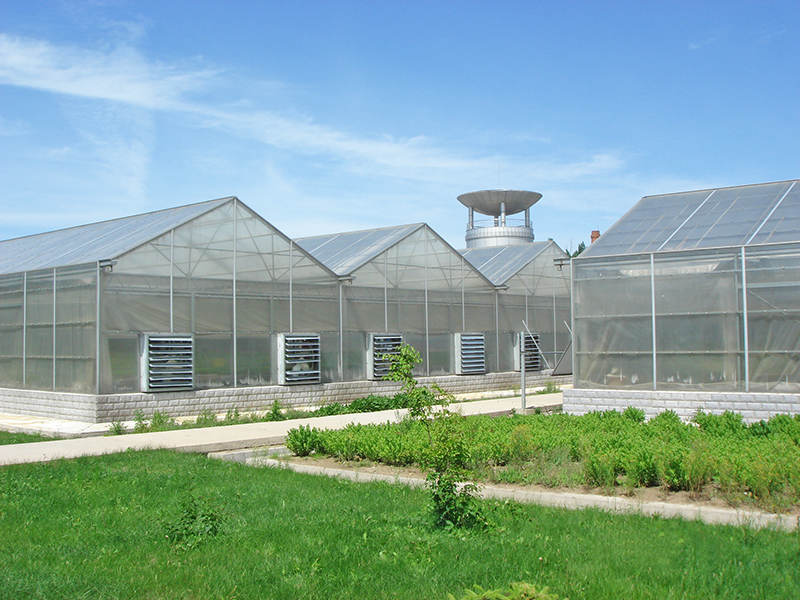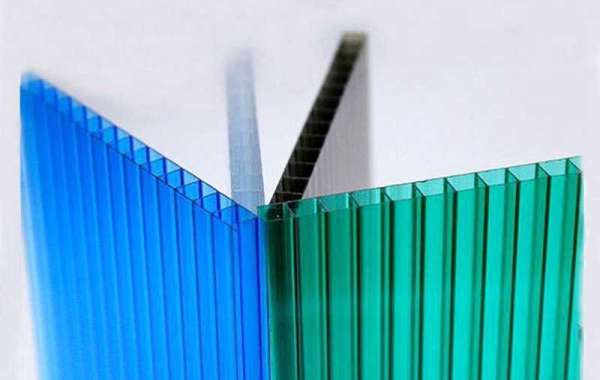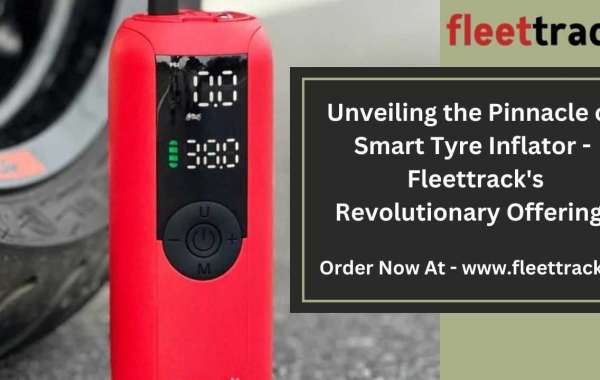A greenhouse is a significant investment in your garden, and because it is not easily moved or replaced once it has been installed, it is critical that you choose the right one for your needs.
Whether you're looking for a small greenhouse to protect trays or pots of young plants or a larger, freestanding greenhouse with enough space for you to work on your fruit and vegetables, our expert guide will walk you through the process step by step.
Types of greenhouses We'll go over the advantages and disadvantages of some of the most popular greenhouse types: freestanding greenhouses, which are typically 6 x 8ft or 8 x 10ft in size.
They are typically square or rectangular in shape with an apex roof, and they are available in a variety of sizes. They allow light to enter from all four sides.
Pros Can be placed anywhere in your garden Lets light in from all four sides Lots of options Can be large enough to work in Cons Can lose heat much more easily than an attached greenhouse Because it is exposed on all four sides, you will need to find a way to get power to it Lean-to greenhouses Consider using a back or side wall with a lean-to greenhouse.
In terms of initial purchase costs, it is comparable to a freestanding model; however, it requires less space and only requires access on three sides. It is also less expensive and simpler to keep warm.
In comparison to a traditional greenhouse, a mini greenhouse is similar to a glazed cupboard with shelves that sits on a patio or under a window, using a house wall or garage as protection – perfect if space is limited.
It will protect trays or pots of young plants from late spring frosts and will encourage the ripening of borderline crops such as peppers. A mini greenhouse should be oriented toward the east or west, if possible. South-facing ones overheat in the spring or summer unless they are shaded, and north-facing ones are only suitable for plants that require shade.
Pros Convenient for people who don't have a lot of space Cheaper than full-sized greenhouses Most can be stowed away when not in use Limited growing space Wooden vs aluminum greenhouse frames Most greenhouse frames are made of aluminum, but wooden greenhouses are also available and many gardeners find them more attractive t
Aluminium greenhouses Because aluminum is the most commonly used material for greenhouses, you will have a plethora of options.
Here are some advantages and disadvantages to be aware of when purchasing a gazebo. They are available in a variety of sizes and shapes to suit all types of budgets.
Several budget-friendly options are available in a wide variety of shapes and sizes. They are durable and can be powder-coated in a variety of colors, including green, brown, black, and blue. They are light and simple to assemble, allowing the most light to reach your plant. They cast very little shade, allowing the most light to reach your plant.
Choosing the appropriate type of wood will help to avoid building a greenhouse that is susceptible to rot. Softwoods, such as deal (pine), are susceptible to rot, even if the wood has been treated to prevent the decay.
Natural, long-lasting wood – typically western red cedar – can be allowed to age to a silver-brown hue. A western red cedar greenhouse is hard to beat when it comes to aesthetics. Look for manufacturers who provide a rot-free guarantee. Here are a few more advantages and disadvantages to be aware of.
Pros Tends to be more in keeping with a garden Can be stained to any color you desire It is simple to attach bubble plastic or shading material to the frame with drawing pins Better insulation Cons Can be expensive Normally requires the addition of a strong, sturdy base – particularly to prevent the wooden frame from coming into contact with damp ground It is susceptible to rust and requires regular maintenance.
Can I purchase a plastic greenhouse?
The term "glasshouse" refers to the fact that glass is the most common glazing material used in greenhouses. Planting glass is inexpensive and easily replaced, but if you are concerned about breakages or safety, a plastic greenhouse may be a better choice.
Twinwall polycarbonate sheeting are used in the construction of plastic greenhouses. Polycarbonate greenhouses allow in enough light to allow for initial plant growth.

Toughened glass is preferable, especially if the greenhouse is going to be on display. Toughened or safety glass is more durable than horticultural glass, and if it does break, the resulting pieces are not as sharp as horticultural glass's pieces. The cost of a small greenhouse increases by approximately £200 if this option is chosen.
Self-adhesive safety film is another option. This is a transparent film that is applied to horticultural glass to make it more transparent. In the event that the glass is broken, the film will hold the fragments together. However, because the film does not reduce breakage, it may prove to be more expensive in the long run than the alternative of using toughened glass from the start.
The smallest, aluminum greenhouses will almost always be the cheapest, and will cost you around £200 or more.
Anything priced less than £200 is almost certainly a mini greenhouse or a cold frame.
Larger, wooden structures and greenhouses with ready-made shelving and additional accessories can cost anywhere between £1000 and £4000.





